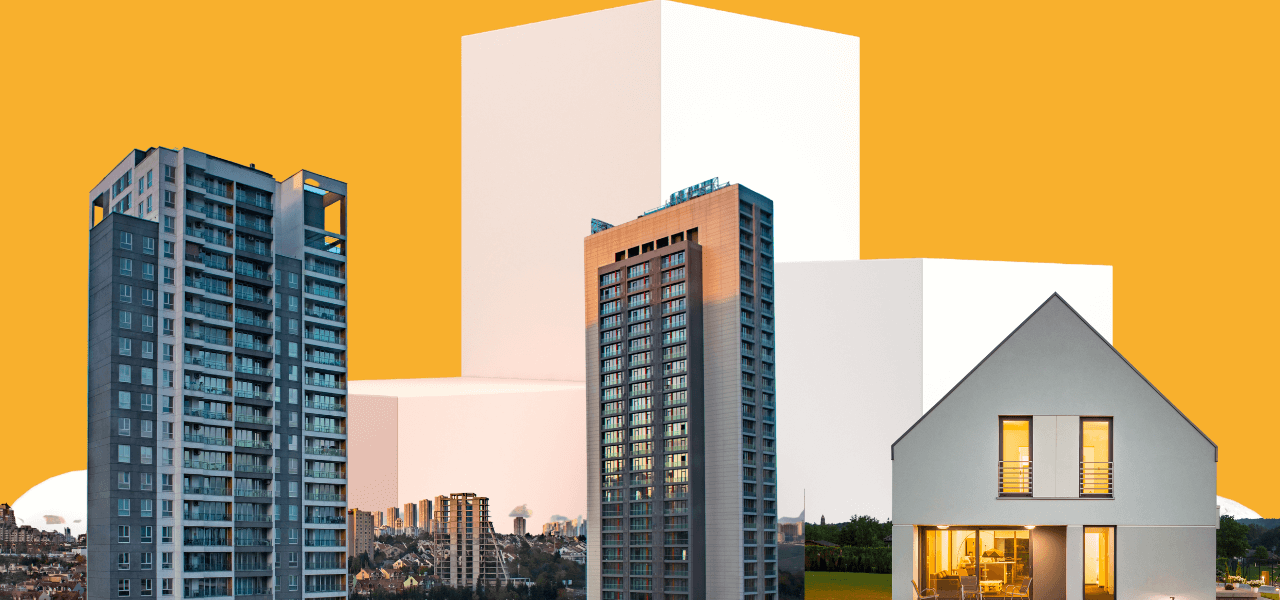Prism
This material is suitable for children of any school age and can be used by teachers when preparing lessons for visually impaired students.
What is a prism?
A prism is a three-dimensional polyhedron. Its bases are identical polygons, and the bases of the prism are parallel to each other. The side faces are parallelograms, meaning all the edges of the side faces are parallel. Where do we encounter prisms in the surrounding world? We are almost always surrounded by prisms made of concrete, metal, and glass—these are the buildings in modern cities. For the construction of houses, a prism in the form of a parallelepiped is most commonly used. Why do architects choose this shape for buildings? The answer is space efficiency. Rectangular buildings are easier to extend and divide into rooms. They are also simpler to design and construct.
Private House (photo from the internet). The house plan includes a metal frame, a concrete foundation, and metal floors. The second reason why rectangular-shaped buildings dominate architecture is structural stability. For example, we can talk about a cube—a special case of a parallelepiped and a prism. One of the polyhedrons that symbolizes stability, representing the Earth, as the most stable element.
Types of Prisms

Straight, oblique, and other forms. Let’s consider a regular straight prism. In lessons, we use models made by students’ hands. Creating educational models allows students to physically experience the material. These student-made models can be used in math lessons for various educational purposes: learning new material, reinforcing knowledge, skills, and abilities, or assessing their understanding.
Net of a Regular Triangular Prism. A regular prism is a straight prism with bases that are regular polygons. In our case, the base is a regular triangle. Students work with handouts, and we aim to engage all the child’s senses during the lesson to enhance understanding. We transform a piece of paper (the net) into a three-dimensional figure. The great Confucius said: “Give me something to do, and I will understand.”
An identical drawing of a triangular prism is on the board.
The teacher should clearly and understandably comment on their drawings. For drawing, it’s best to use the “hand-in-hand” method, where the teacher guides the child’s hand.
In lessons, children with visual impairments should gain sufficient understanding of objects and phenomena in the surrounding world.
Oblique Prism – A prism where the lateral edge is longer than its height, meaning the side faces are not perpendicular to the bases.
Are there architectural structures shaped like an oblique prism? In Madrid, there are two skyscrapers leaning toward each other, known as the “Gate of Europe.” From an engineering perspective, these are meticulously calculated masterpieces.
Other Forms of Prisms. A straight prism with a base in the shape of a seven-pointed star. Modeling during the lesson is not just entertainment but a method of stimulating children’s activity. Any construction is an effective tool for developing fine motor skills.
Check out our blog on stellated polyhedra to learn how these fascinating forms connect to geometry and mathematical creativity.
